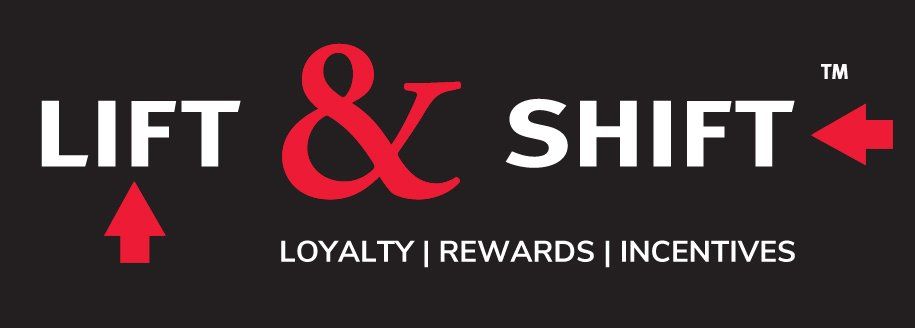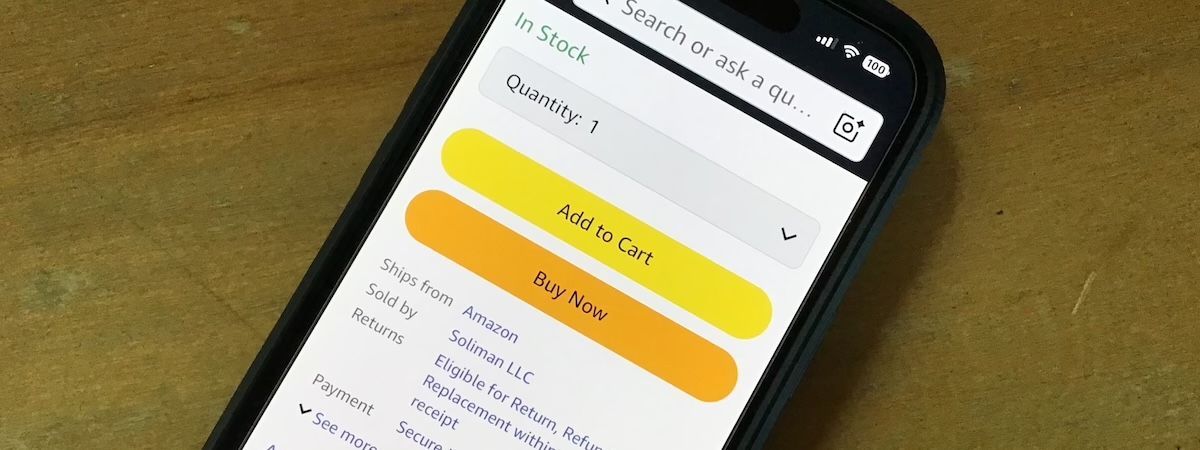5-Step Maintenance Check for Your B2B Loyalty Program

One of the most common issues we notice when meeting with prospective clients looking to update or enhance a long-running loyalty program is its static nature. Many businesses launch a B2B customer rewards, rebate or channel incentive program and let it run untouched for years. This is an enormous missed opportunity for the companies involved.
While it may continue to generate baseline results, failing to review and evolve your B2B loyalty program is a missed opportunity to optimize growth, profitability, and engagement.
A successful rewards program is not a “set it and forget it” initiative—it’s an important sales and marketing tool that enhances your value proposition with your customers and should evolve alongside your business priorities. Your customers, your margins, your product mix, and your competitors all change over time. Your loyalty program should too. Ideally, the program should be evaluated and potentially updated annually, so you can keep it current with the business situations at hand and drive the best possible results and optimal customer loyalty.
To ensure your program continues to support your goals and deliver strong ROI, we recommend this 5-step annual maintenance check:
1. Calculate the current program ROI
Before making any changes, start by answering a foundational question: Is the program working?
Surprisingly, many B2B businesses don’t calculate loyalty program ROI—and those that do often use incomplete or incorrect methods.
A well-structured customer loyalty program will pay for itself through the incremental profit it generates for the bottom line. Calculating the ROI can help guide the other steps needed to enhance your reward program for optimal performance.
Lift & Shift helps B2B businesses gather, analyze, and interpret this data to accurately measure ROI and continuously refine their incentive programs for optimal performance.
In its simplest form, the program ROI is calculated using the incremental gross profit of the reward customers and the reward program costs tied to these same customers:
ROI = (Incremental Gross Profit from Participants – Program Costs) ÷ Program Costs × 100
An ROI of approximately 300% is very common and can easily be increased through program changes outlined in the following four steps.
2. Ensure program focus is aligned with current sales goals
Many incentive programs run unchanged year after year—even as business priorities change. Rewards are often issued for the same sort of ongoing purchase behavior and do not reflect the current focus of your business. This misalignment can erode the program’s relevance and impact.
Your incentive program should be agile. It should evolve alongside your go-to-market strategy, supporting strategic product launches, growth initiatives, category priorities, and seasonal opportunities.
Tactical tip: If you are marketing a new product, use special bonus offers tied specifically to the product to heighten awareness and intent to purchase by your program participants, rather than including it in the sales totals being rewarded. They will earn the usual reward for the sales on all products plus a special reward for buying the new product, essentially "double-dipping" when purchasing it.
3. Use growth tiers to reward incremental sales
Static programs reward existing behavior. Growth-based programs reward incremental sales. It is very easy to add individual program sales growth targets for existing customers using their historical sales data. By analyzing the data, you can:
- Identify purchasing trends and patterns
- Reward small- and medium-tier customers who increase their volume
- Protect margins—only incurring reward costs on new, profitable purchases
This practice increases your reward program's relevancy, further enhancing engagement.
There is no downside to your business offering a tiered program, as it is behavior-based. Participants are only rewarded as they become more valuable to your company. A growth-based program will always help to increase program ROI.
4. Recognize and embrace customer segments
Many marketers employ a one-size-fits-all mentality when structuring their B2B rewards program. However, the successful B2B loyalty programs segment their program participants allowing them to align rewards and rules with their current and potential value.
Example segments might include:
- A select group of very large and loyal customers who are already directing most of their available spending to your organization
• Incorporate special perks for the VIP accounts.
- Small and medium-sized accounts with growth potential
• Benefit from growth-based rewards
- Lapsed or at-risk accounts
• Reactivation offers or personalized communications can bring them back into the fold.
The more tailored your program, the more engaging it becomes—and the more likely it is to drive behavior change across your customer base.
5. Include a sunset clause for reward points in the program rules
An overlooked—and costly—element of loyalty program management is reward point expiration.
This oversight results in an accrued liability—where the customer or business that earned the points technically has the right to their value in perpetuity, even if that business is no longer your customer. This is never a good idea.
Inversely, some B2B loyalty programs require all earned points to be used within the calendar year. This, too, is a mistake, as many loyal customers want to accumulate points to redeem for big-ticket items, helping to drive increased spending or various strategic sales goals that are the basis for the program in the first place.
Best Practice: Include a points “sunset clause”—typically 24 months from issuance—to balance liability and flexibility.
You can always waive or extend the expiry on a case-by-case basis for high-value customers. But having a default expiration in your terms and conditions protects your business while preserving goodwill.
Lift & Shift includes point expiration tracking, notification reminders, and custom expiry rules in every program we manage.
Keep your program as dynamic as your business
Your B2B loyalty program should evolve to reflect your changing business priorities, customer base, and competitive landscape.
Embracing these 5 simple tips for reviewing your B2B customer loyalty program structure will undoubtedly help improve your program participation, engagement, and results—especially ROI.
(Note: This article has been updated from a post originally published August 12, 2021)
The Ultimate Guide to B2B Loyalty Programs
This article is part of a series covering how growth-based loyalty programs can elevate sales and company profits by incentivizing current customers to spend more, attracting new customers with appealing rewards, and motivating your sales team.
For an overview of all articles in the series, please visit our resource page "The Ultimate Guide to B2B Loyalty Programs".
Lift & Shift™ offers a powerful B2B reward platform that can help your company leverage its sales data to drive incremental purchases with customers and channel partners or motivate sales staff. We work with manufacturers, distributors and service providers to analyze sales data, identifying purchasing gaps and other valuable targeting opportunities.
We create and deliver highly relevant offers to customers, in-house sales staff or sales associates, motivating your target audience to respond, using a wide array of appealing reward options as influencers. Our performance-based reward structures deliver an unparalleled return on investment, with absolutely no wasted budget.
Our customizable reward platform enables clients to easily benefit from a robust loyalty reward program. It's affordable and includes Lift & Shift’s turnkey professional program administration. We take care of everything so you can focus on your key initiatives.
Looking to create or improve your program?
We can help!
Blog page form










